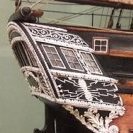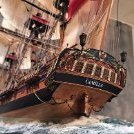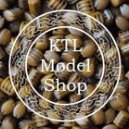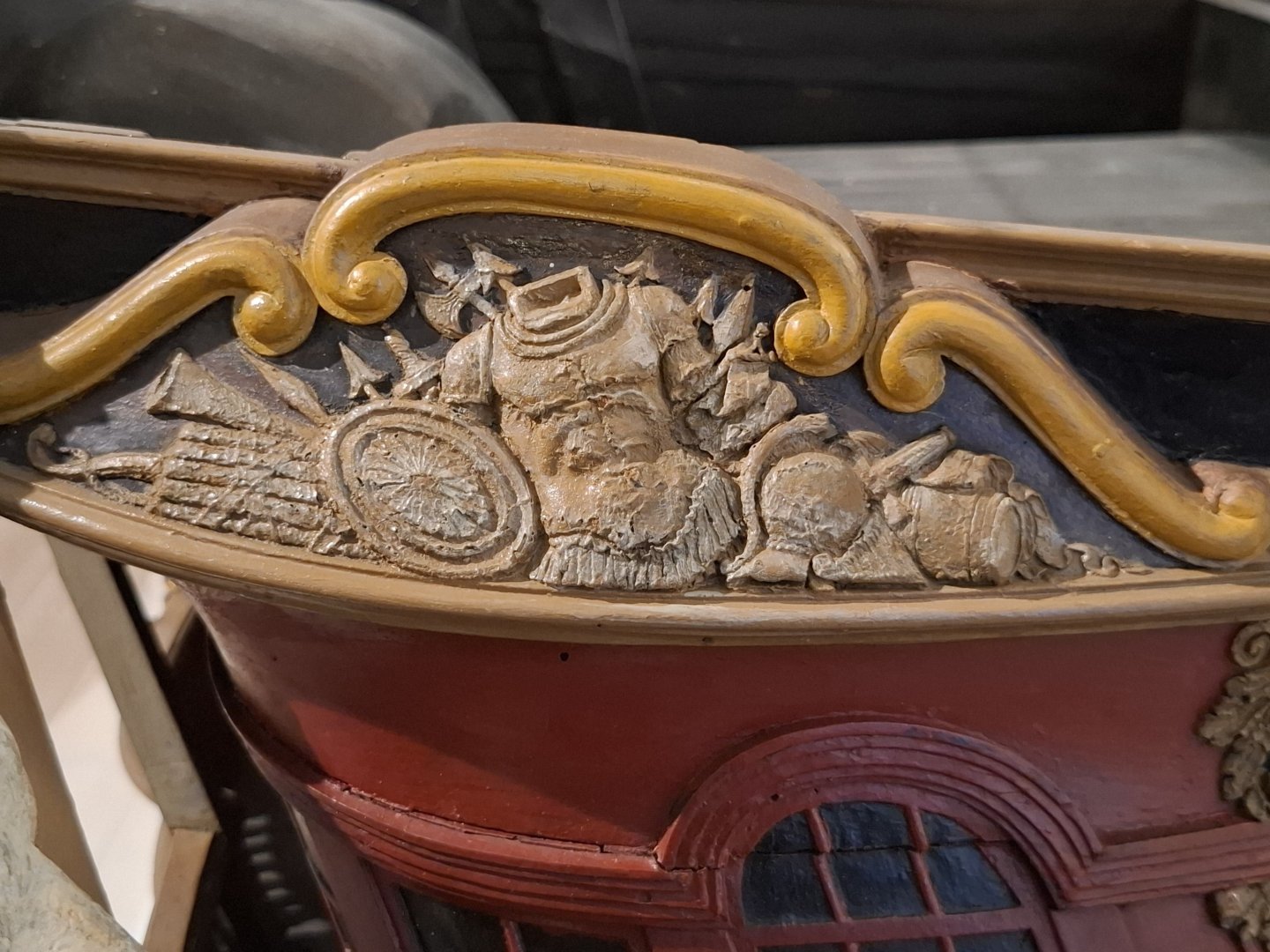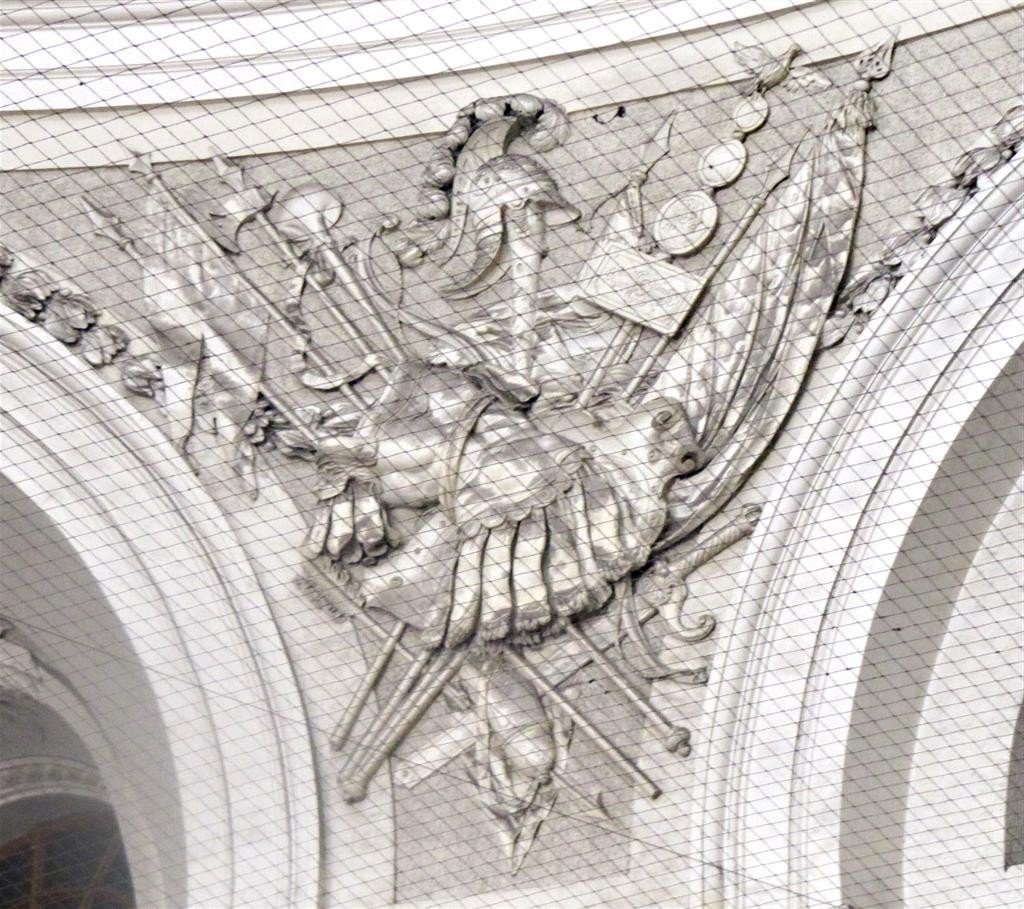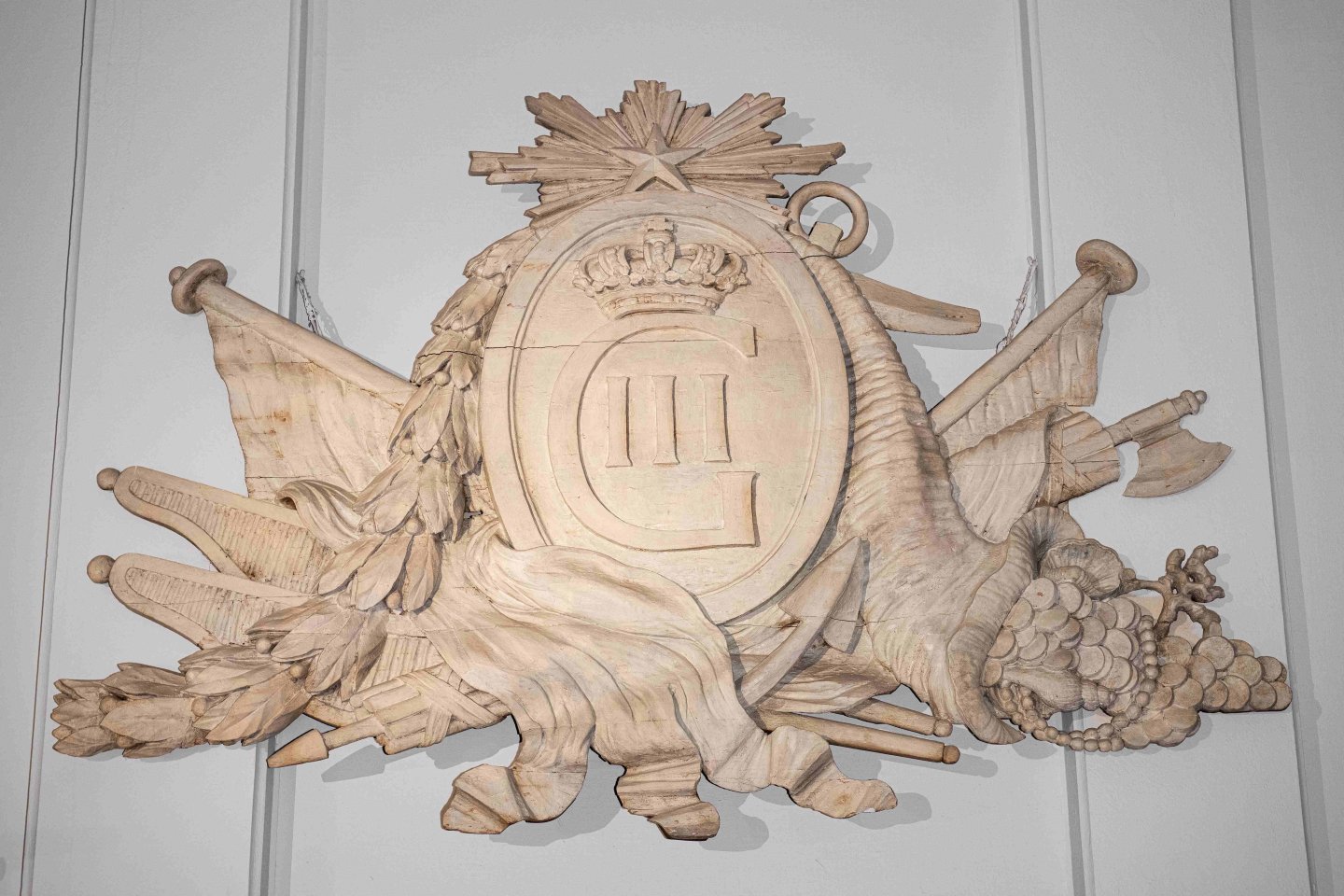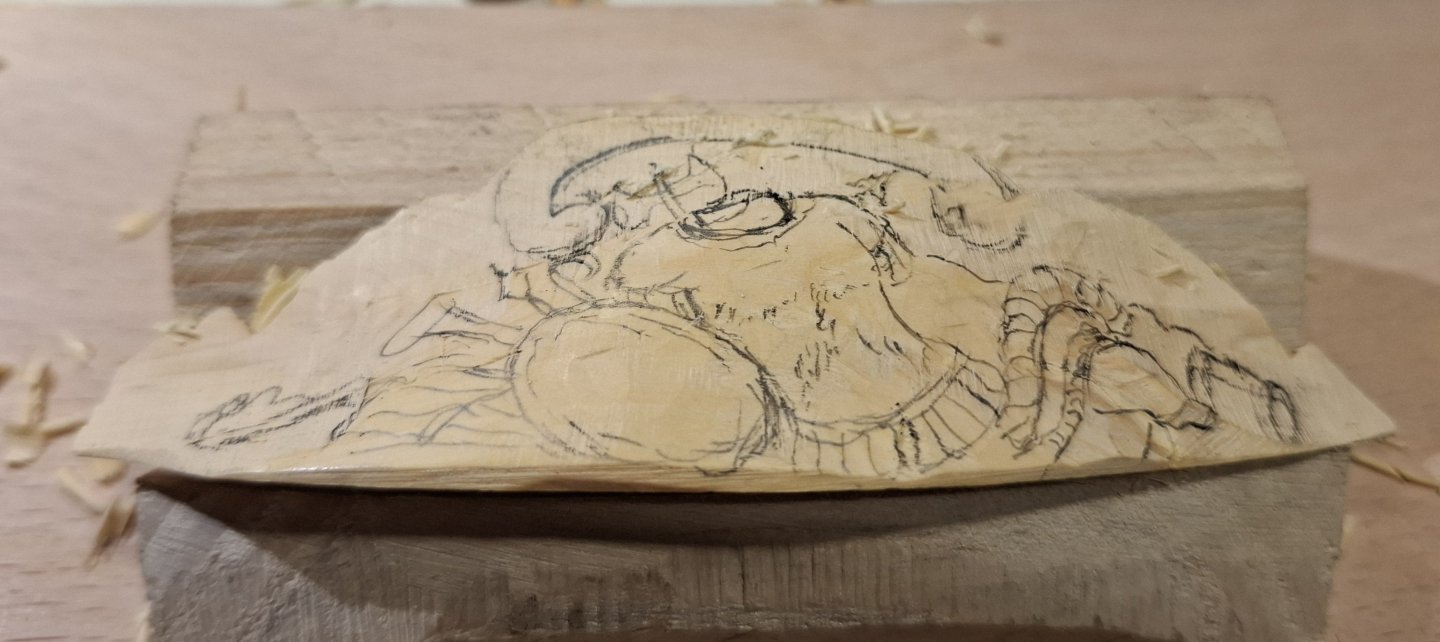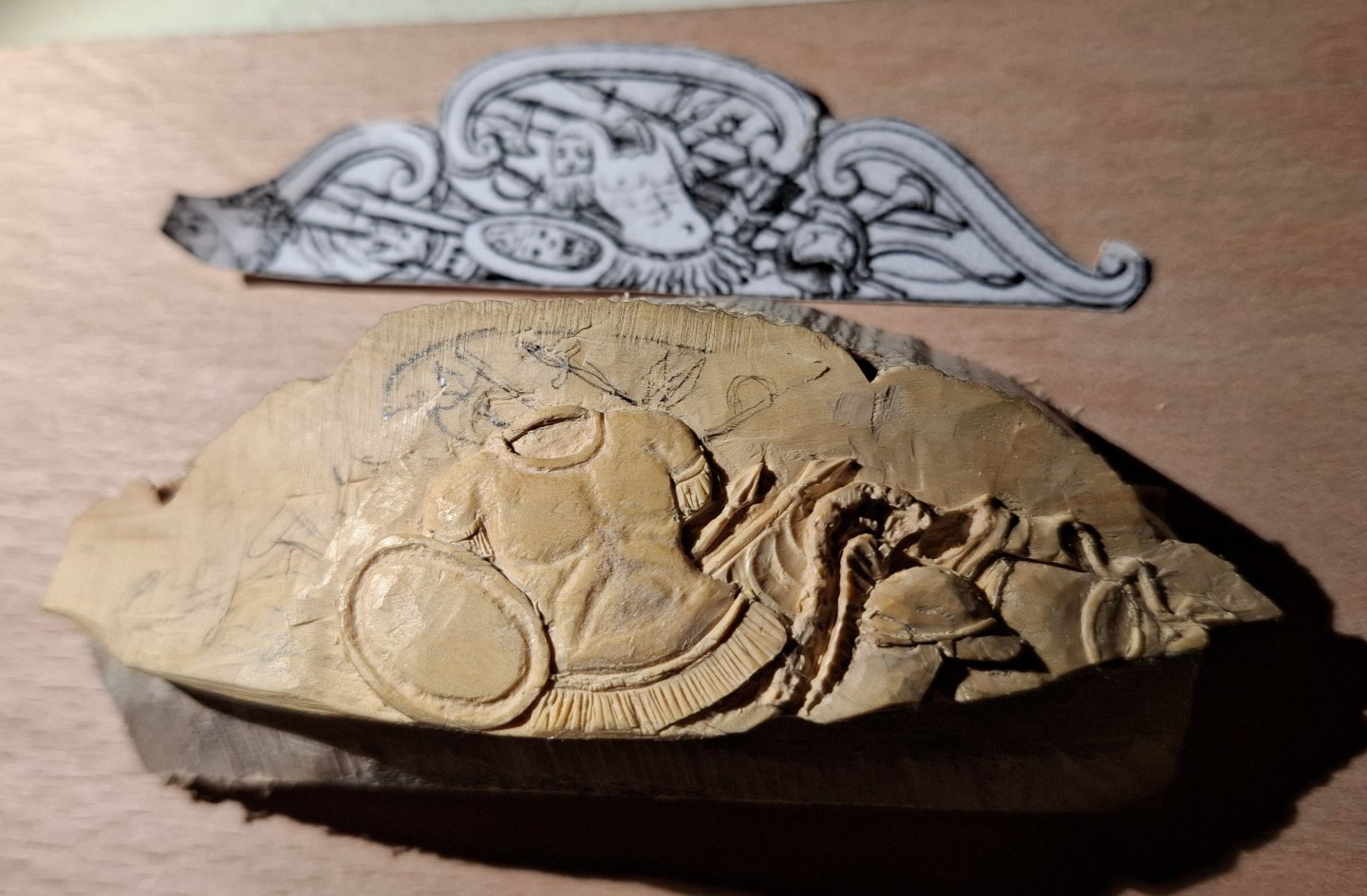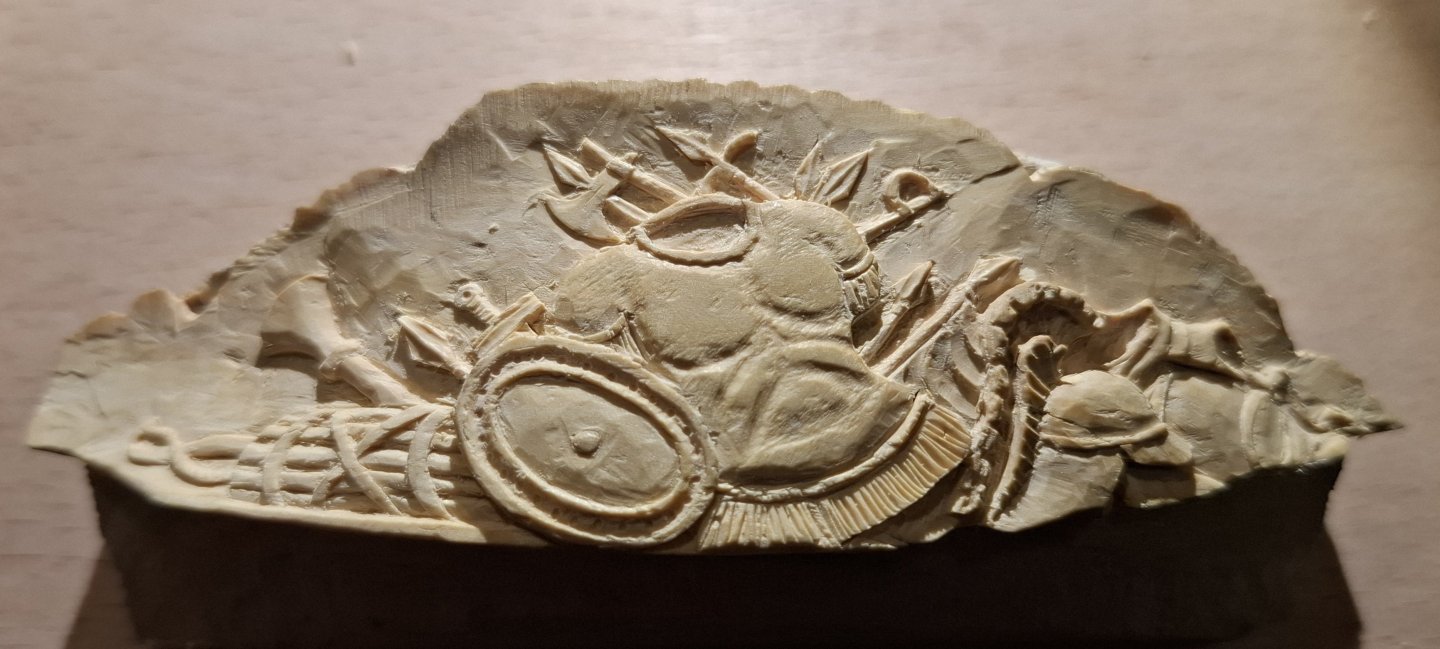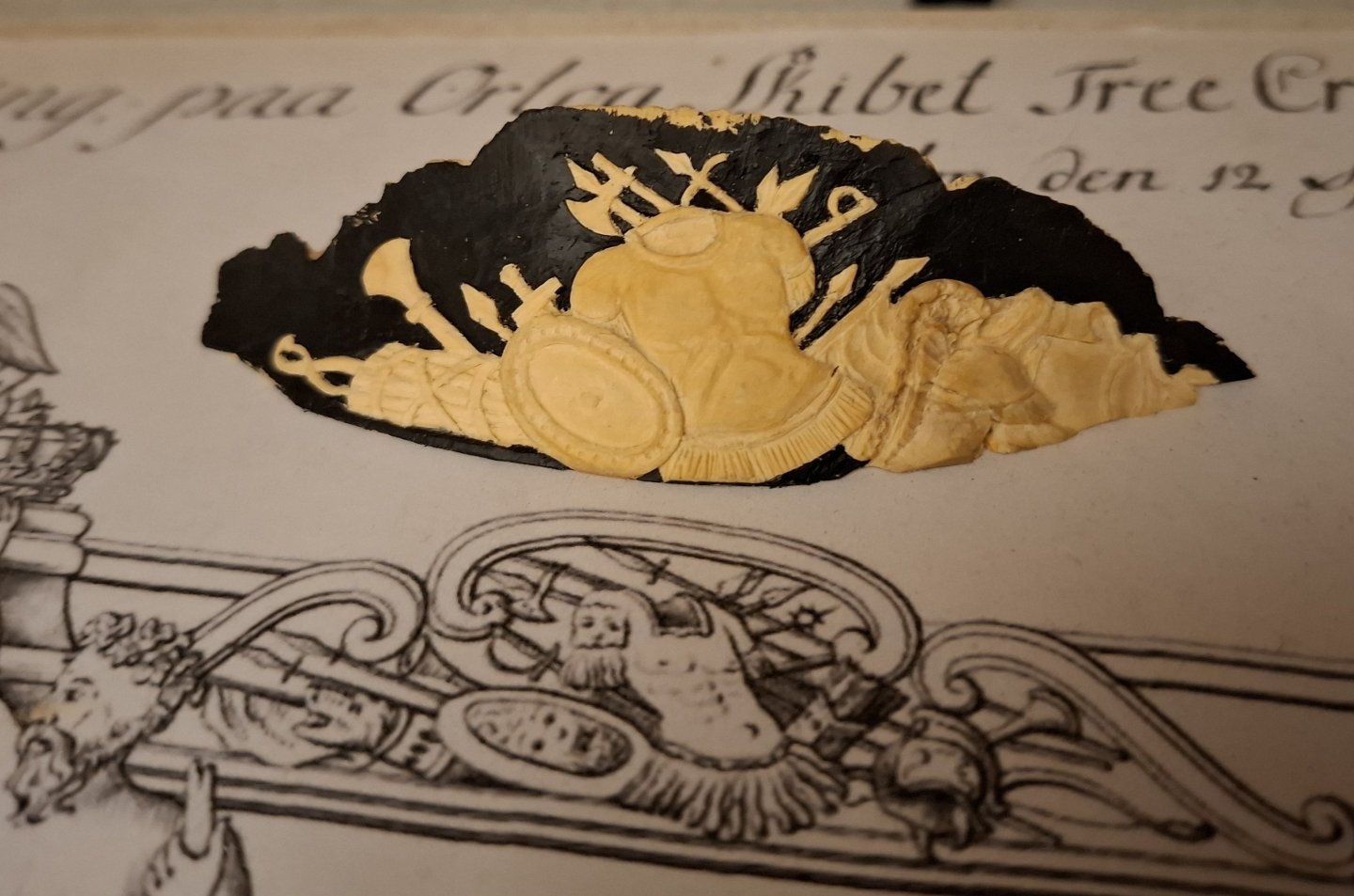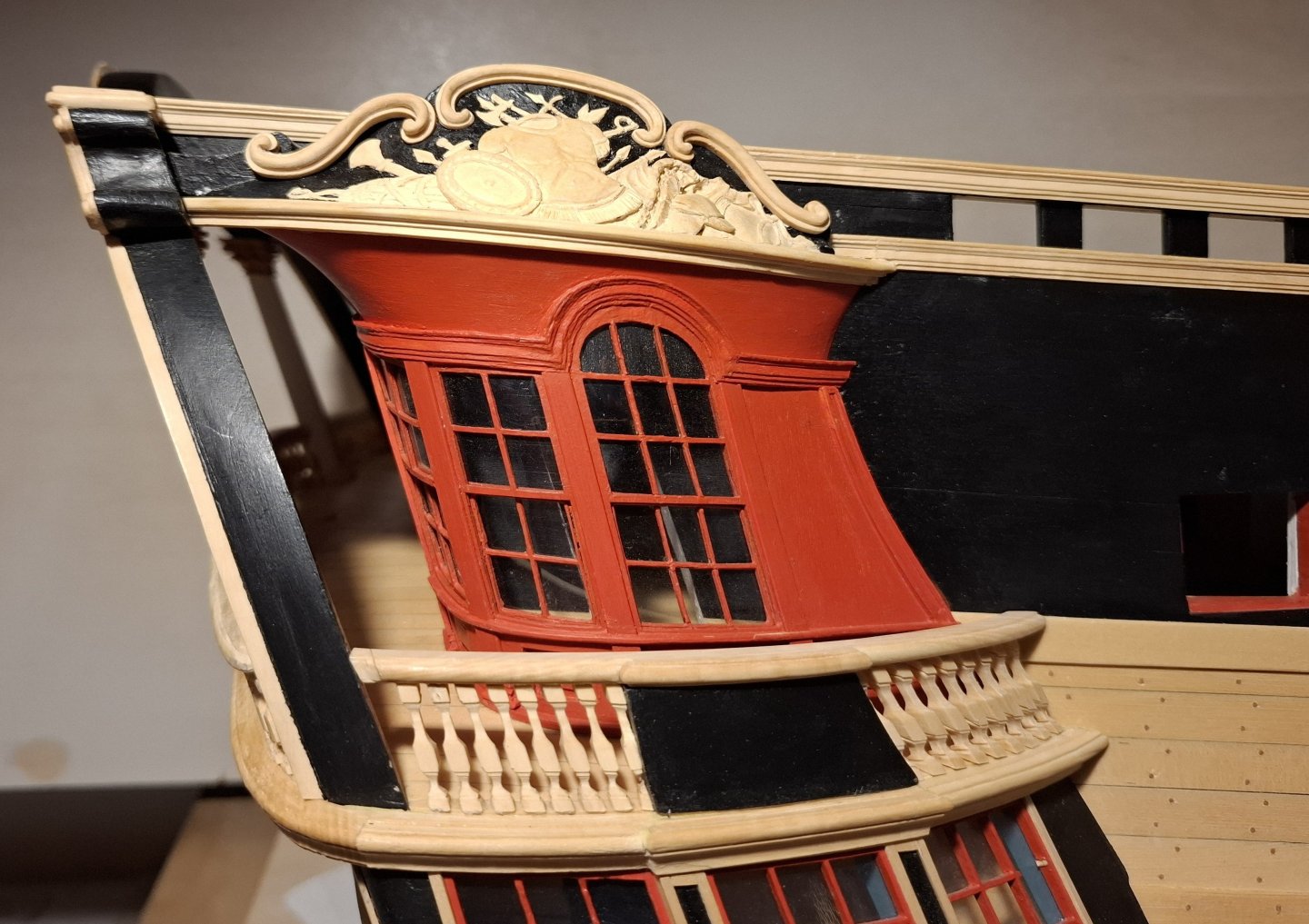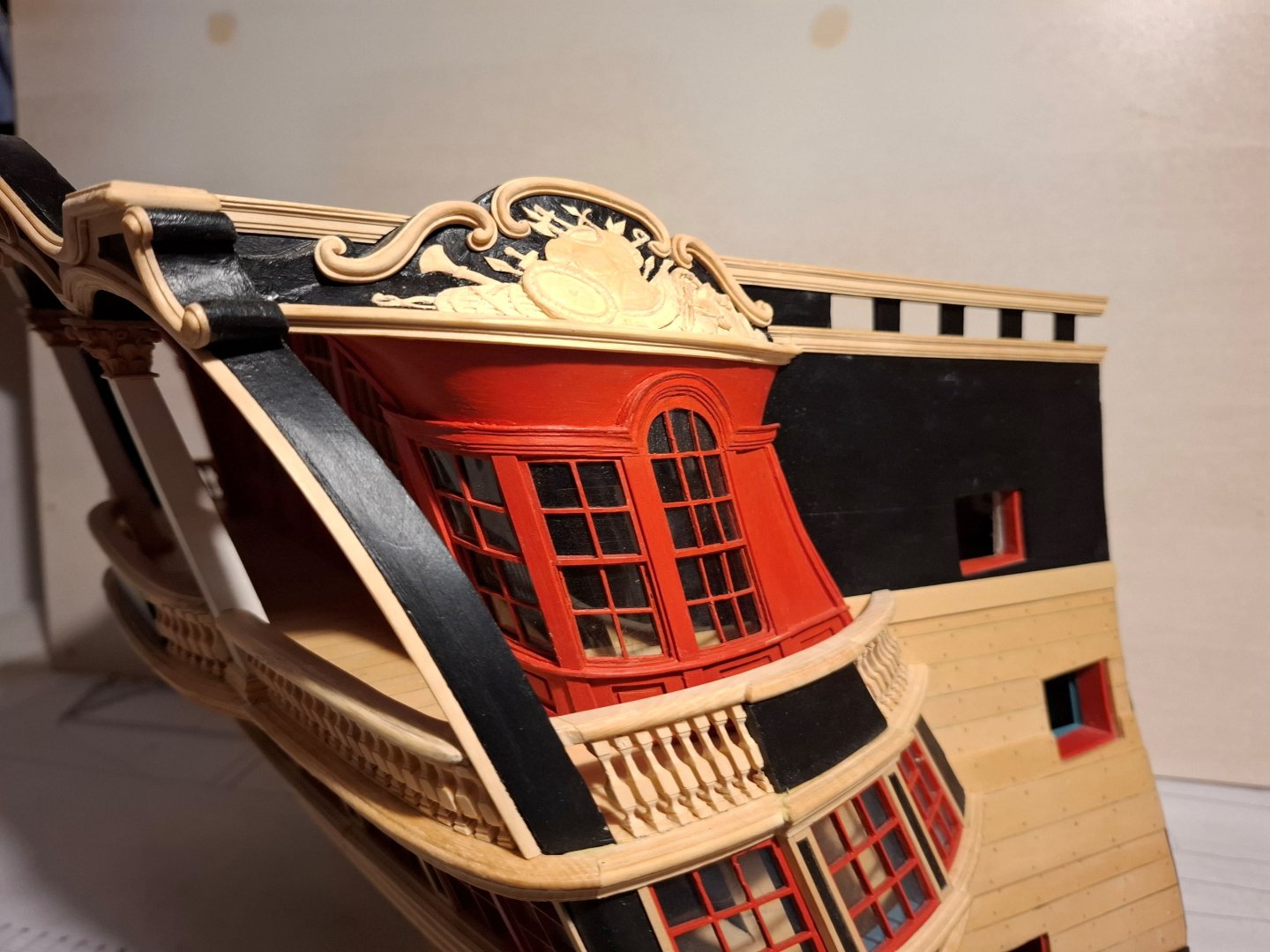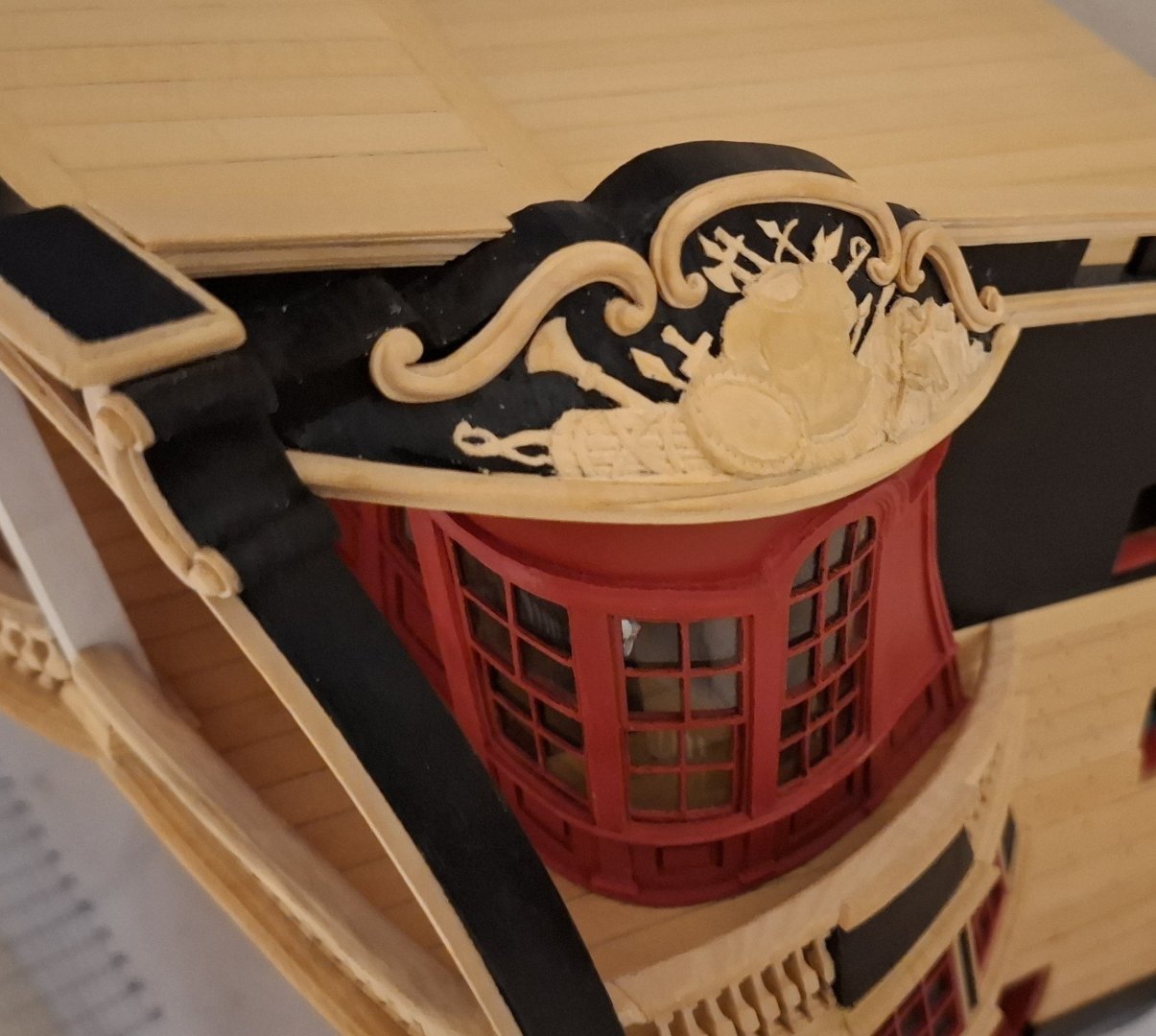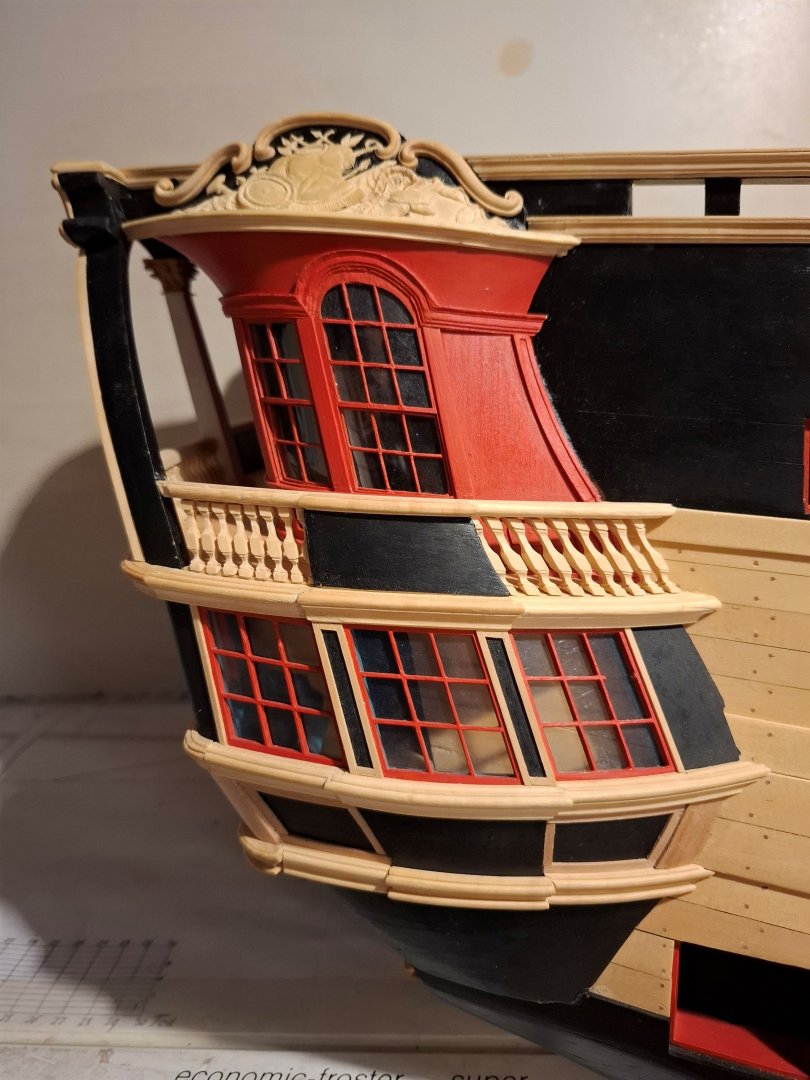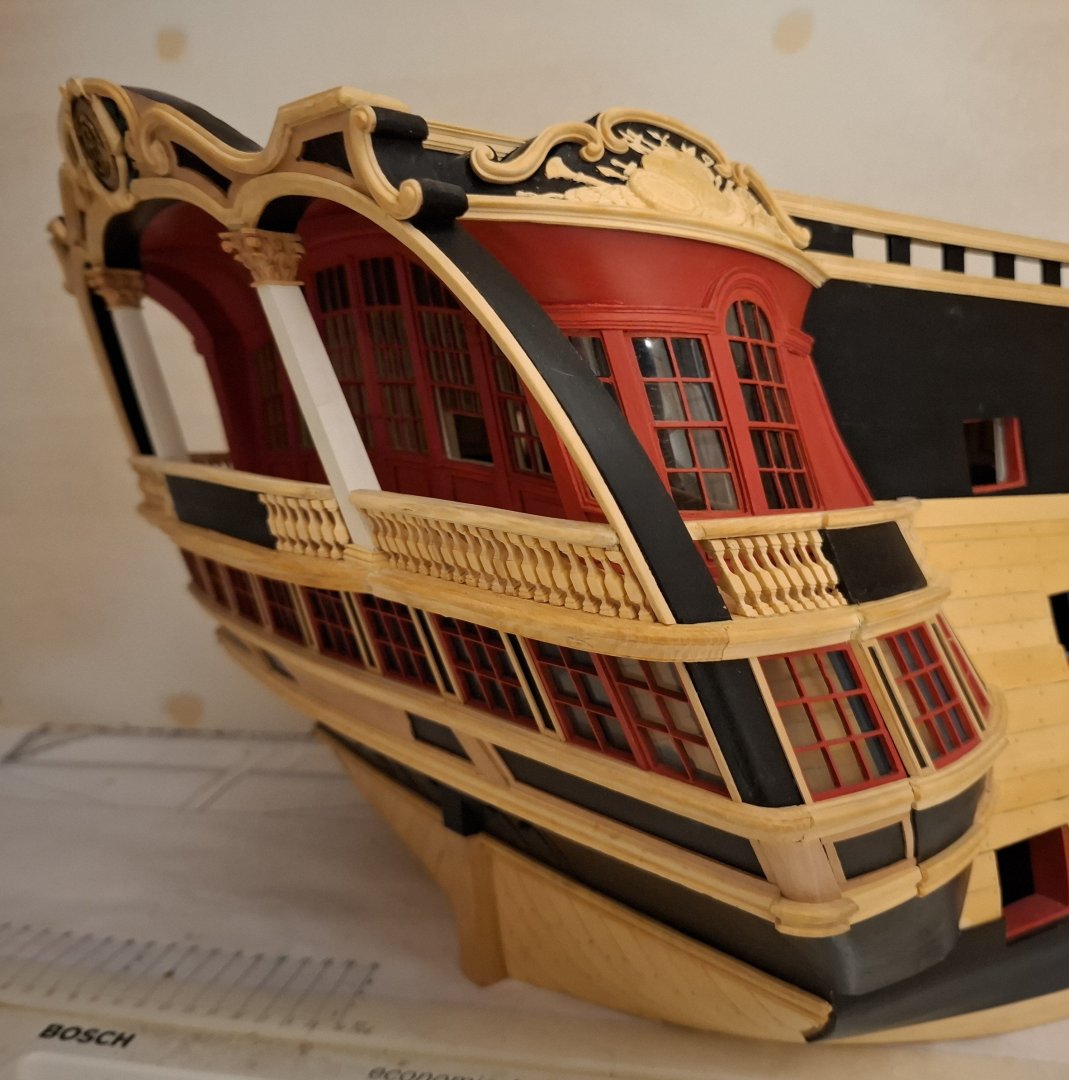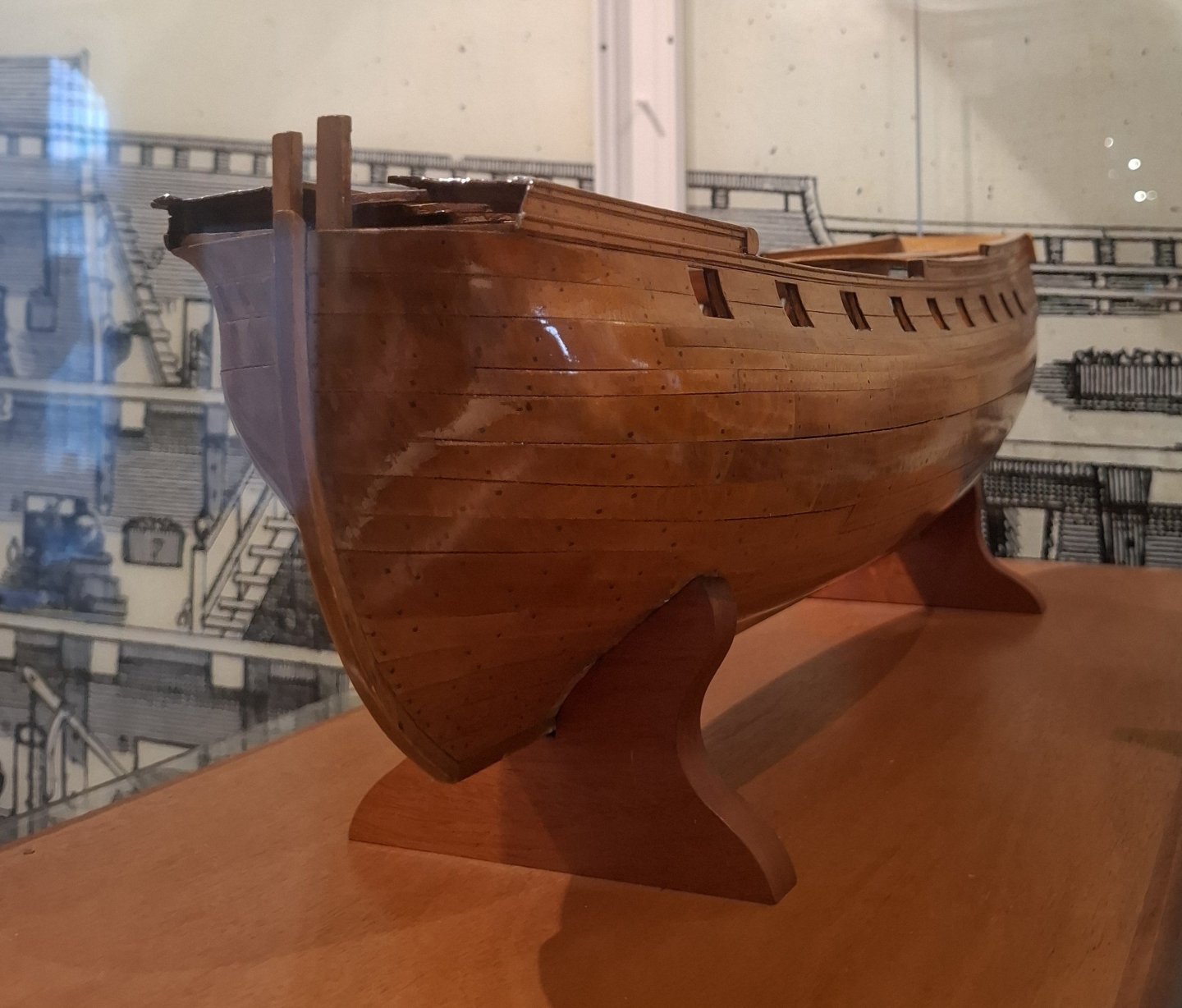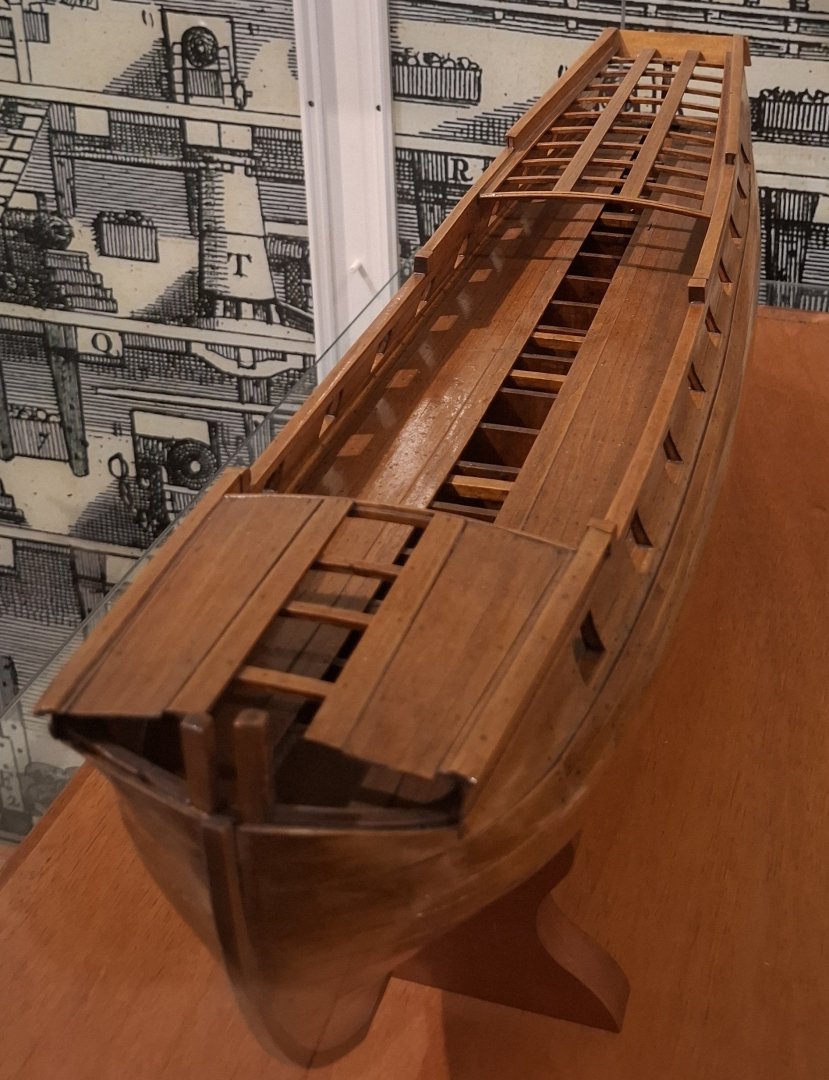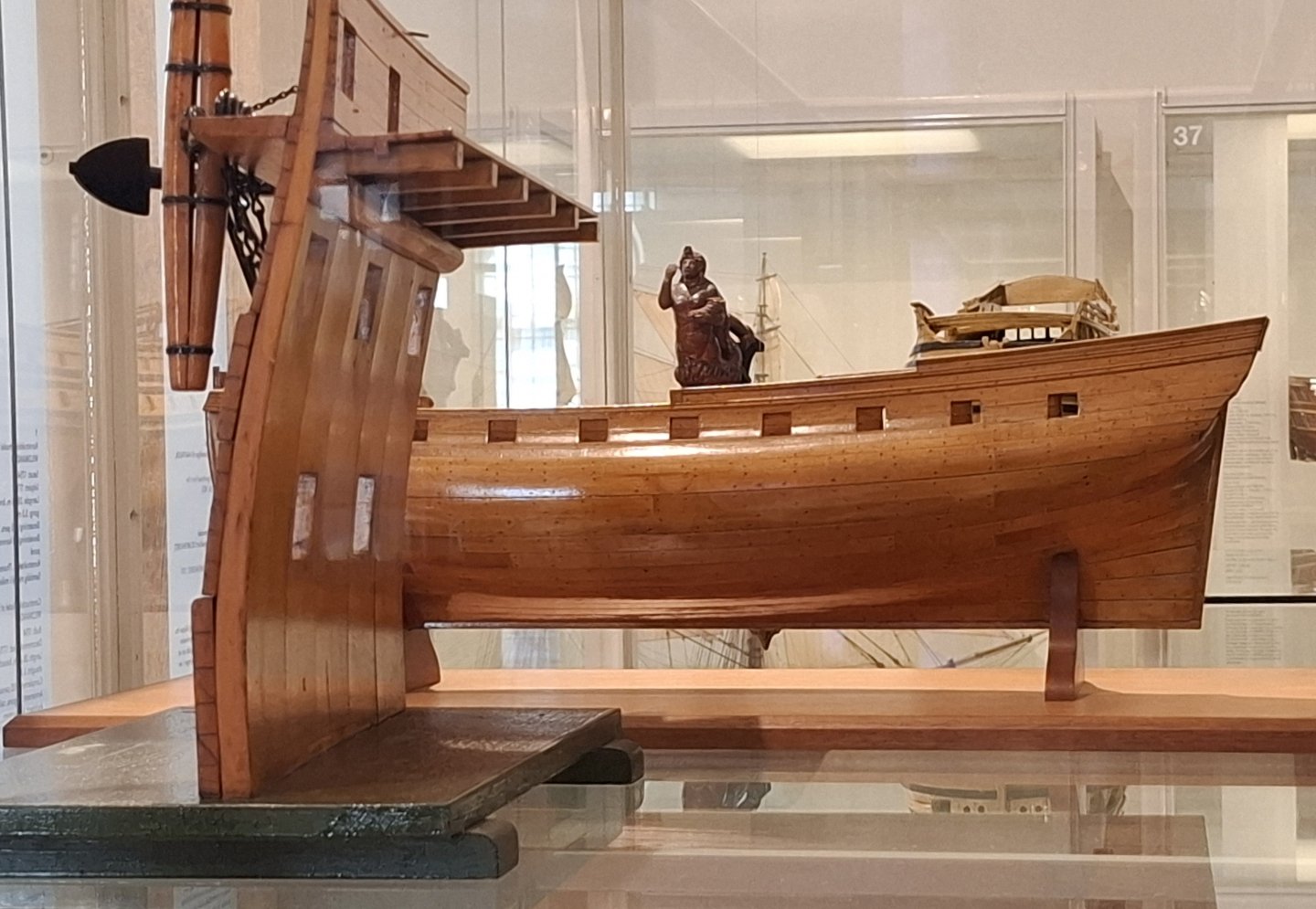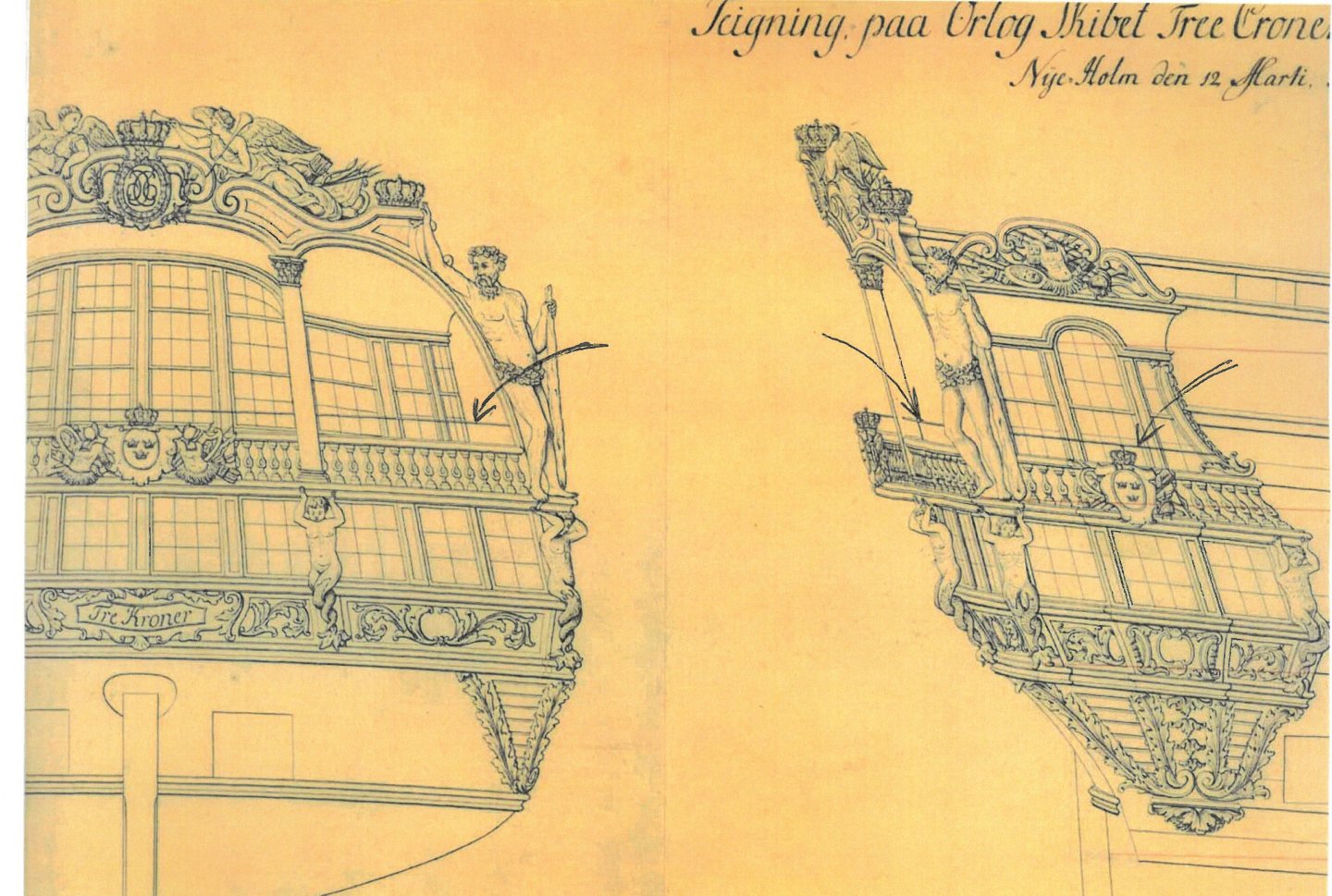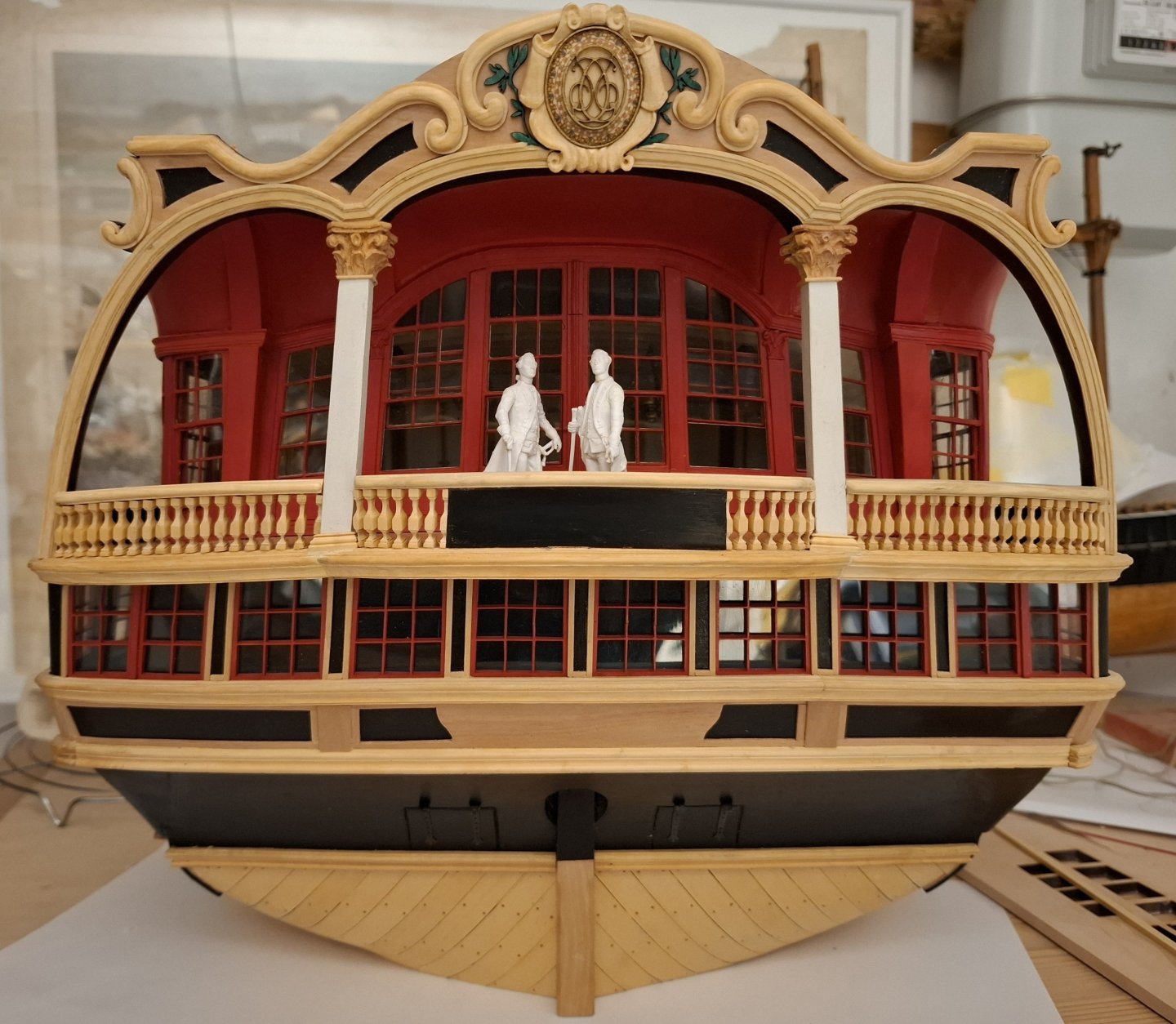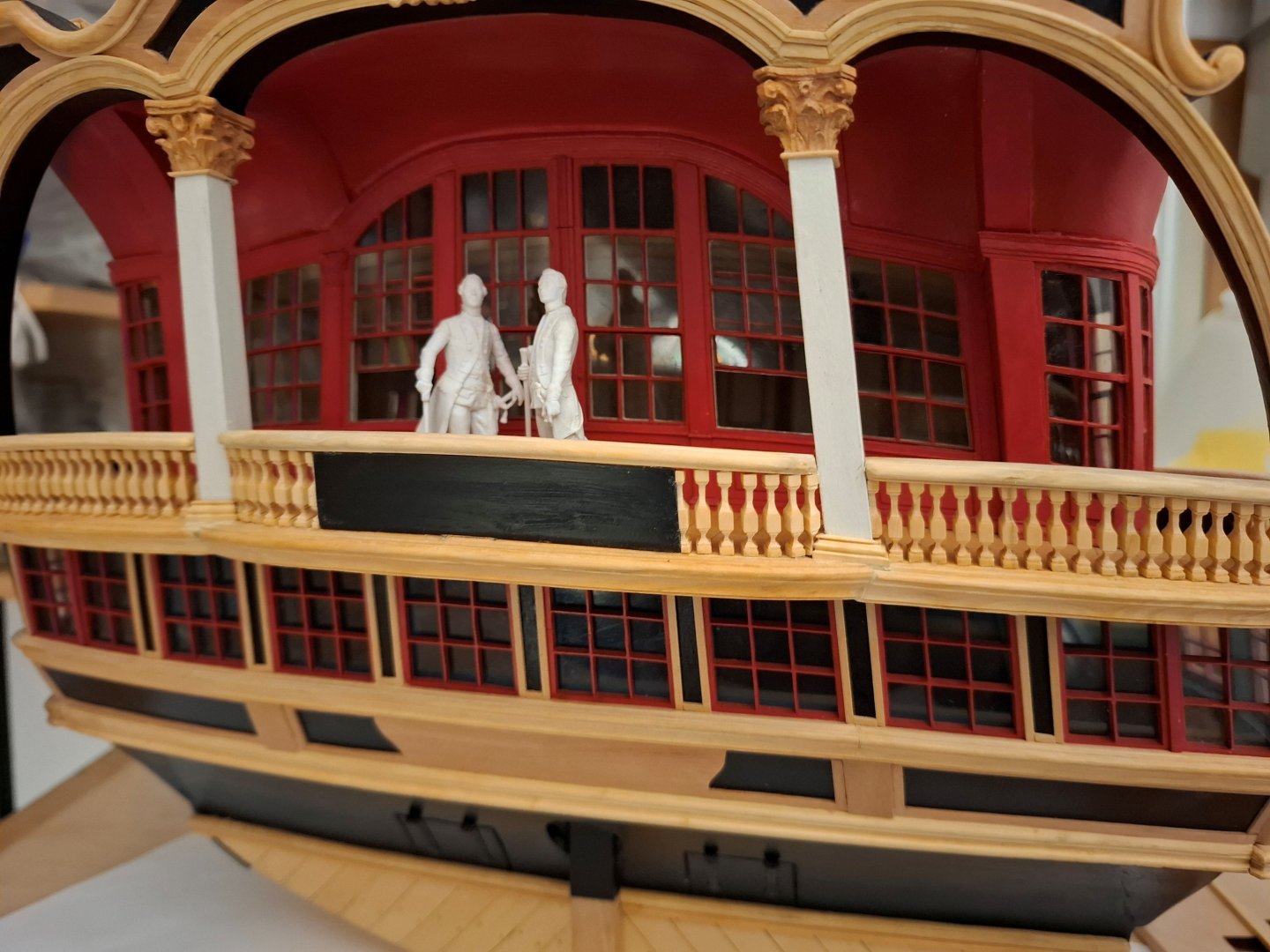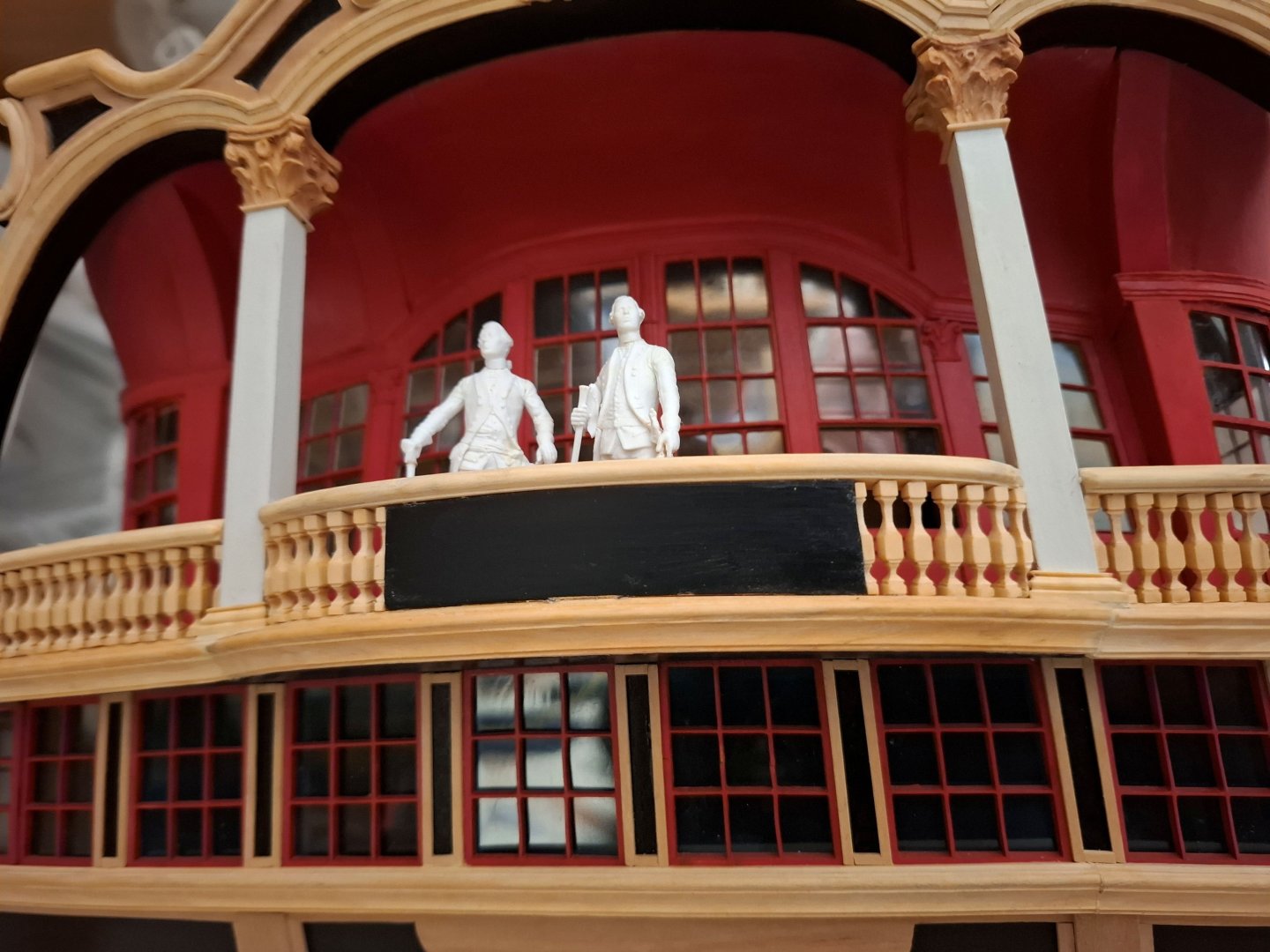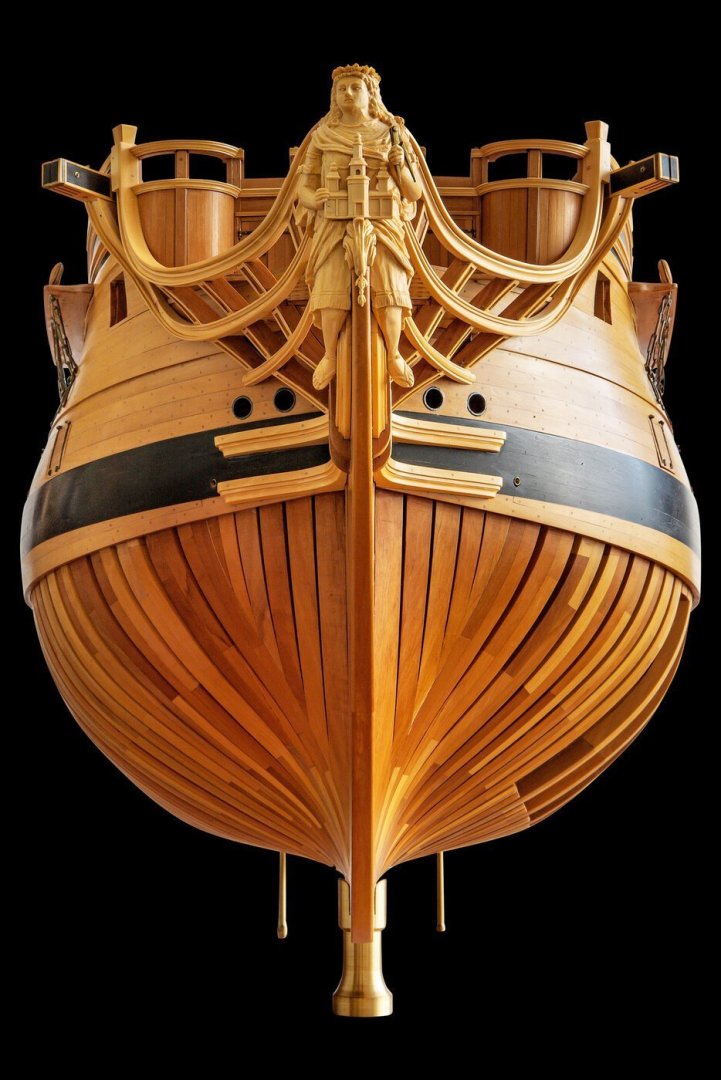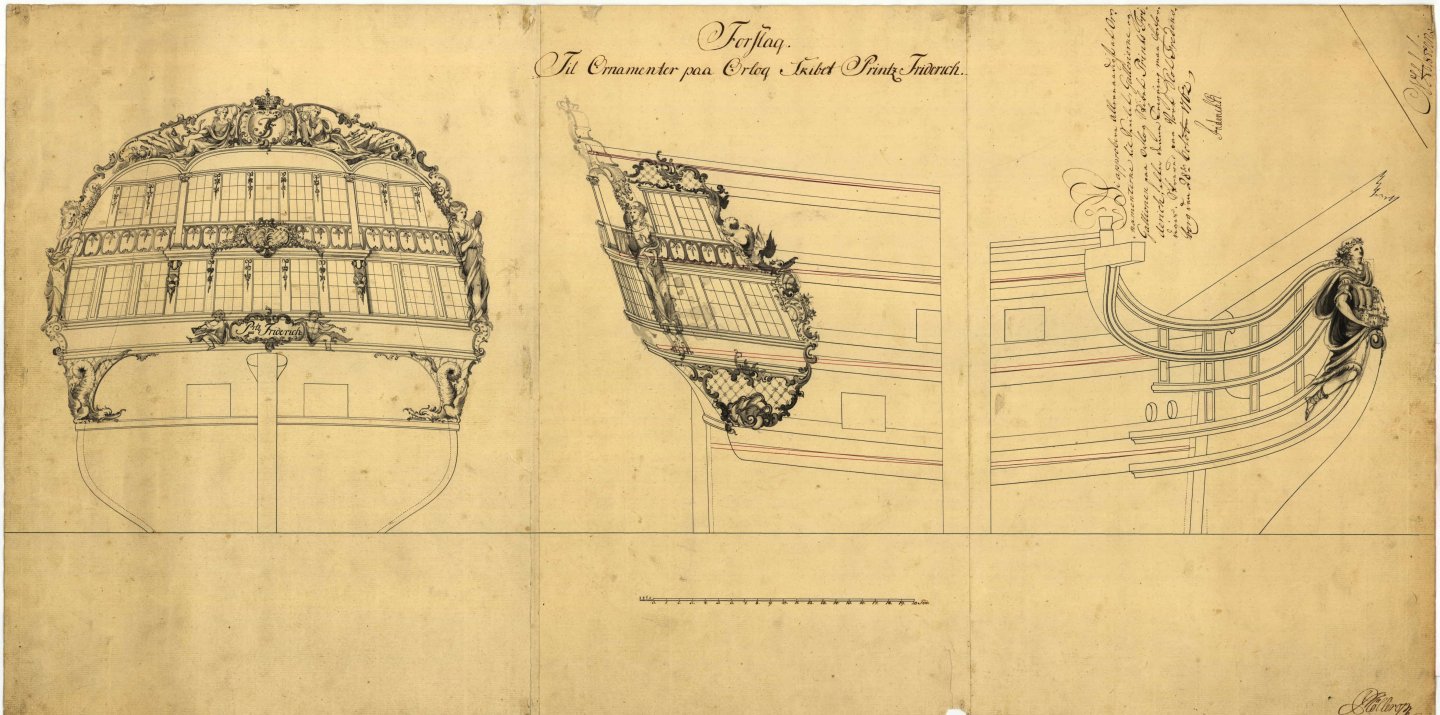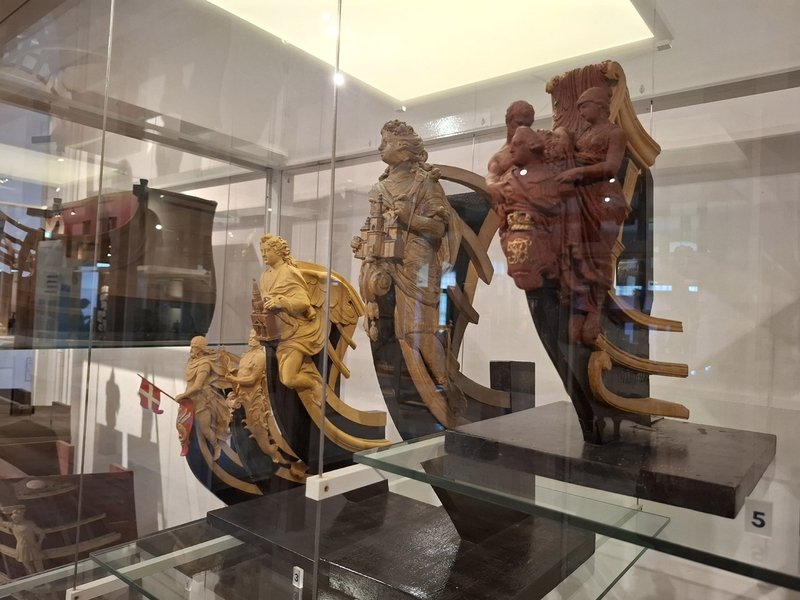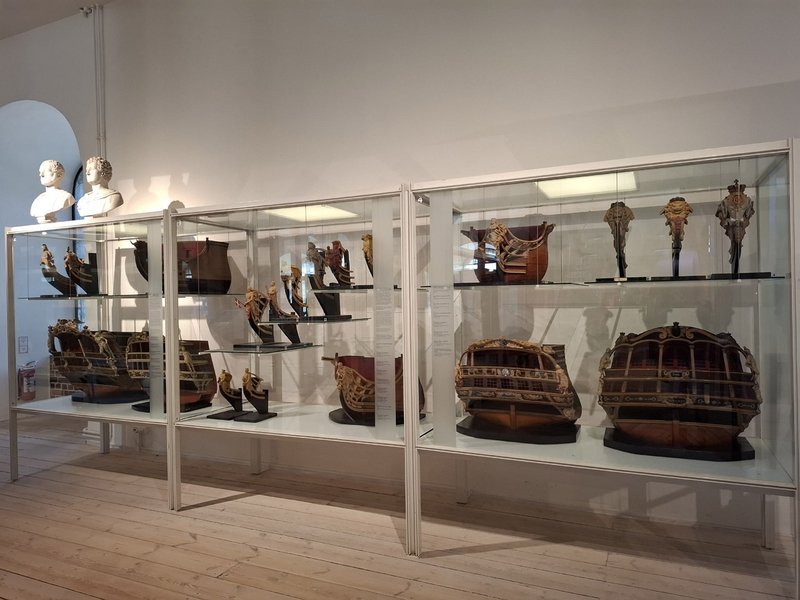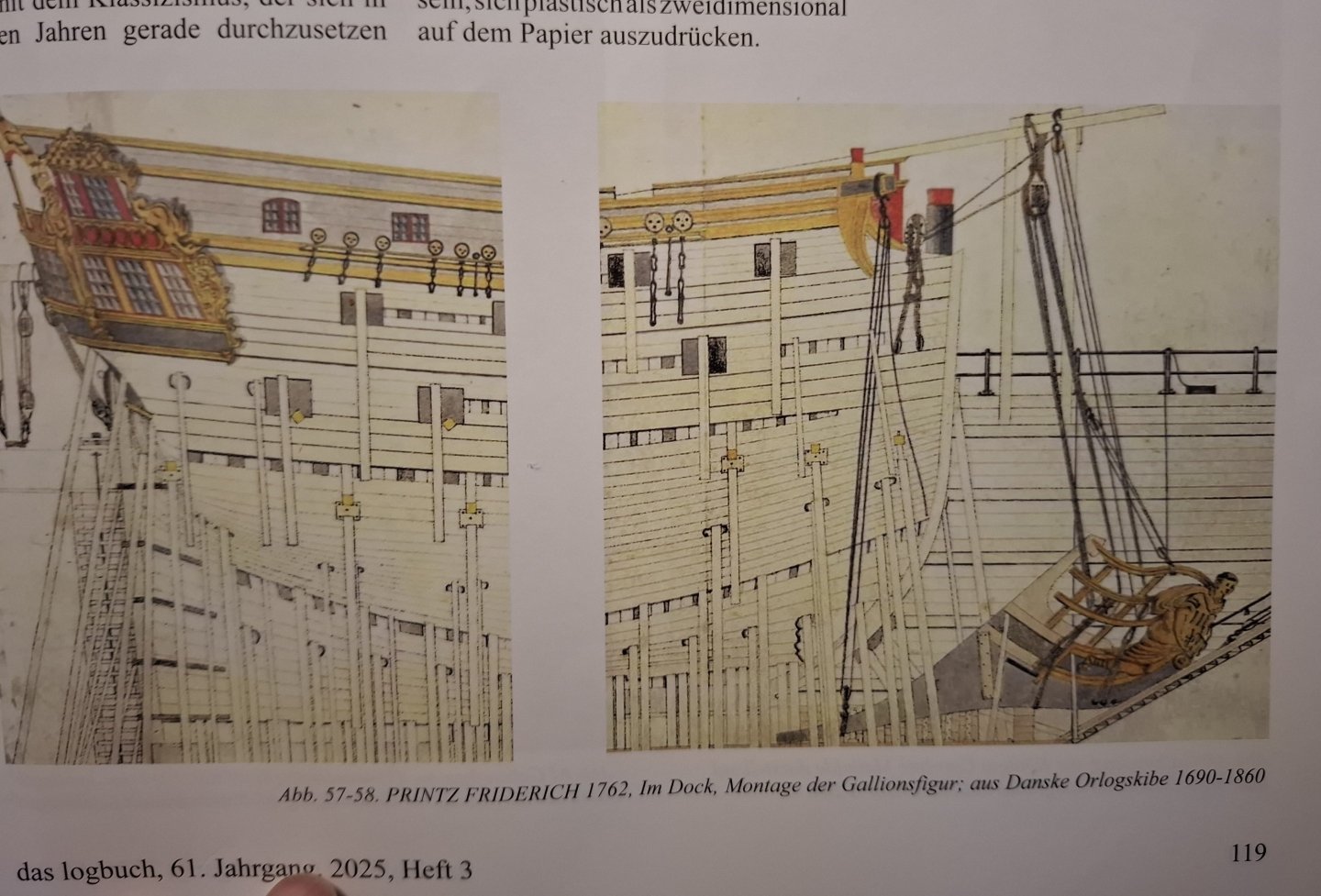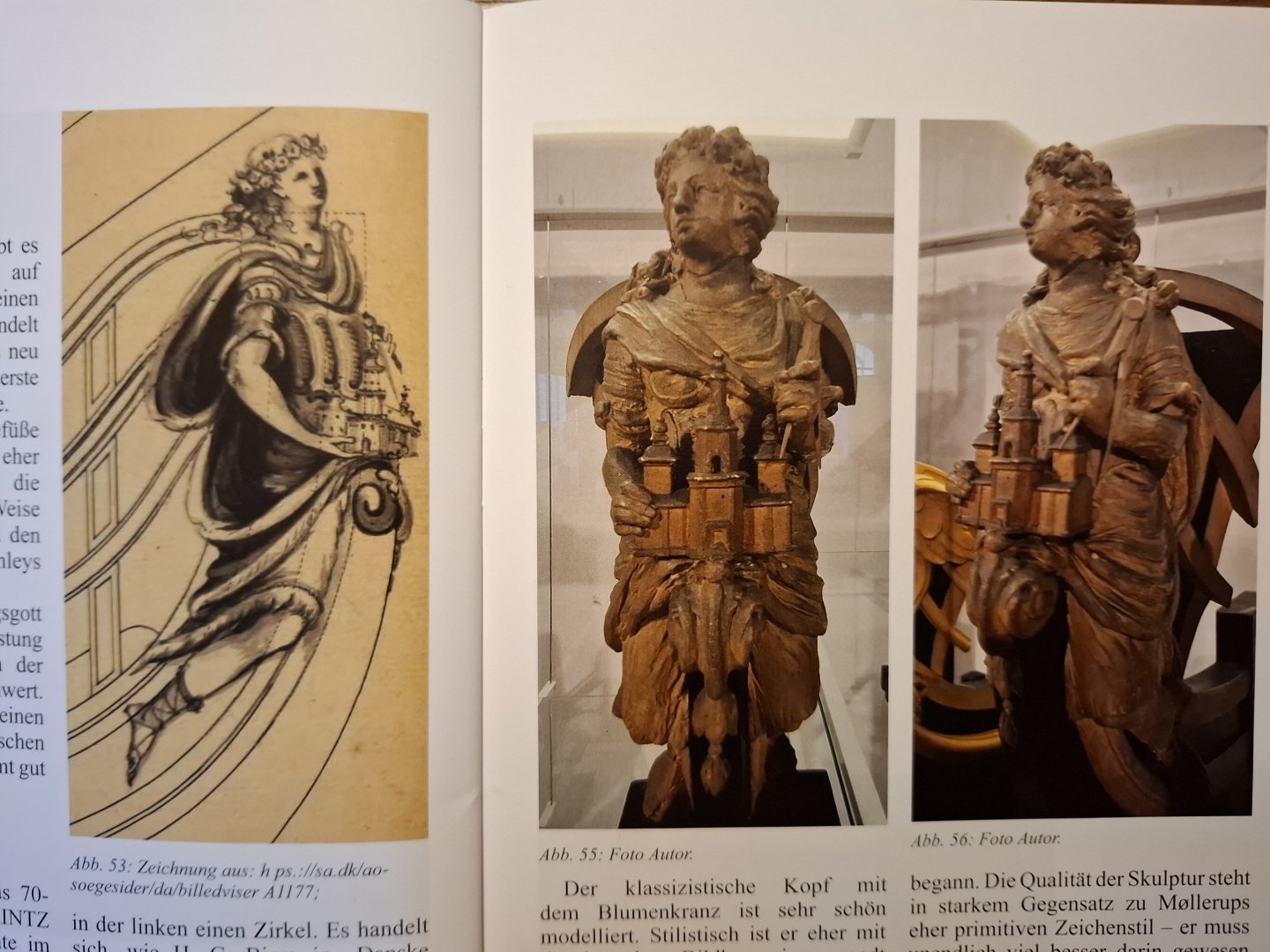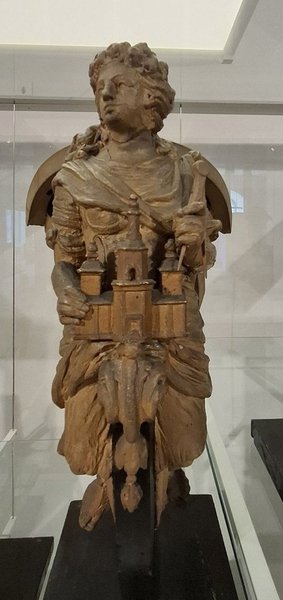-
Posts
422 -
Joined
-
Last visited
About Beckmann
- Currently Viewing Forums Index
Profile Information
-
Location
Mecklenburg, Germany
Recent Profile Visitors
-
 Stavanger reacted to a post in a topic:
TRE KRONER 1742 by Beckmann - 3"/8' scale - Transom-Model
Stavanger reacted to a post in a topic:
TRE KRONER 1742 by Beckmann - 3"/8' scale - Transom-Model
-
 Jack H reacted to a post in a topic:
HMS Cumberland 1774 by Jack H - 1:36 &1:48 - POF - kit development for True Image Models
Jack H reacted to a post in a topic:
HMS Cumberland 1774 by Jack H - 1:36 &1:48 - POF - kit development for True Image Models
-
 Beckmann reacted to a post in a topic:
HMS Cumberland 1774 by Jack H - 1:36 &1:48 - POF - kit development for True Image Models
Beckmann reacted to a post in a topic:
HMS Cumberland 1774 by Jack H - 1:36 &1:48 - POF - kit development for True Image Models
-
 Beckmann reacted to a post in a topic:
Wildmanden 1755 by Arthur Goulart
Beckmann reacted to a post in a topic:
Wildmanden 1755 by Arthur Goulart
-
 Beckmann reacted to a post in a topic:
Danish cannons for 3D printing
Beckmann reacted to a post in a topic:
Danish cannons for 3D printing
-
 thibaultron reacted to a post in a topic:
Danish cannons for 3D printing
thibaultron reacted to a post in a topic:
Danish cannons for 3D printing
-
 Beckmann reacted to a post in a topic:
Danish cannons for 3D printing
Beckmann reacted to a post in a topic:
Danish cannons for 3D printing
-
 TJM reacted to a post in a topic:
Danish cannons for 3D printing
TJM reacted to a post in a topic:
Danish cannons for 3D printing
-
 Nirvana reacted to a post in a topic:
Danish cannons for 3D printing
Nirvana reacted to a post in a topic:
Danish cannons for 3D printing
-
 Waldemar reacted to a post in a topic:
Danish cannons for 3D printing
Waldemar reacted to a post in a topic:
Danish cannons for 3D printing
-
Hi Thorbjørn, This is a phantastic and very impressive collection. Well done. Matthias
-
Beckmann started following Wildmanden 1755 by Arthur Goulart , Looking for ideas for work area , Danish cannons for 3D printing and 1 other
-
 Beckmann reacted to a post in a topic:
Danish cannons for 3D printing
Beckmann reacted to a post in a topic:
Danish cannons for 3D printing
-
 Beckmann reacted to a post in a topic:
Danish cannons for 3D printing
Beckmann reacted to a post in a topic:
Danish cannons for 3D printing
-
 Beckmann reacted to a post in a topic:
Danish cannons for 3D printing
Beckmann reacted to a post in a topic:
Danish cannons for 3D printing
-
 Beckmann reacted to a post in a topic:
Danish cannons for 3D printing
Beckmann reacted to a post in a topic:
Danish cannons for 3D printing
-
 Beckmann reacted to a post in a topic:
Danish cannons for 3D printing
Beckmann reacted to a post in a topic:
Danish cannons for 3D printing
-
 thibaultron reacted to a post in a topic:
Danish cannons for 3D printing
thibaultron reacted to a post in a topic:
Danish cannons for 3D printing
-
 Beckmann reacted to a post in a topic:
Danish cannons for 3D printing
Beckmann reacted to a post in a topic:
Danish cannons for 3D printing
-
 hollowneck reacted to a post in a topic:
Danish cannons for 3D printing
hollowneck reacted to a post in a topic:
Danish cannons for 3D printing
-
 TJM reacted to a post in a topic:
Danish cannons for 3D printing
TJM reacted to a post in a topic:
Danish cannons for 3D printing
-
Hi Thorbjørn, that looks so nice!! That would make a lovely cannon model. Are you planning to print it? Where these cannon barrels from iron or bronce? Matthias
-
 GrandpaPhil reacted to a post in a topic:
Wildmanden 1755 by Arthur Goulart
GrandpaPhil reacted to a post in a topic:
Wildmanden 1755 by Arthur Goulart
-
Hi everybody, There are propably experts in the museum who know the answer to this don't you think? Or one could ask Trond Johannessen, who runs the arkaliet homepage. He is an expert on the old gun - catalogues and might know something. Matthias
-
Dear fellow modelshipbuilder, Today I would like to show you some progress I have made on the roof area above the quarter gallery, which I have now completed on the starboard side at least. The basic shape of the roof naturally follows the curve of the side gallery and is finished at the top with a curved decorative strip, which resembles the upper edge of the transom in its design. An eaves cornice is arranged at the transition to the gallery front. The roof surface itself is covered with a sculpturally designed bas-relief depicting a collection of victory trophies. Here is a detailed photo of the wax model in the Krigsmuseet in Copenhagen. Similar trophy collections can be found on the facades of European palaces, and in the field of shipbuilding, a trophy relief by the Swedish sculptor Johann Törnström has been preserved in Stockholm. For my model, I first roughly carved the basic shape out of a piece of boxwood and adapted it to the model. The drawing was then transferred to the surface, which then had to be carved out. I followed the model rather than the drawing. Both show a Roman muscle armor in the middle with an oval shield placed next to it, but the weapons and equipment protruding behind them differ. As I said, I followed the model. On the left is a bundle of tent poles tied together with a bow underneath, on the right a cavalry helmet with a plume, a small barrel of provisions with a blanket over it, a flag, and various weapons such as swords, daggers, lances, spears, etc. protruding from above. As in the model, I then painted the background, which is part of the actual roof surface, black, which was almost more difficult than carving the reliefs. Then all that remained was to install the element on the model and frame it with the finishing strips described above. All in all, it took a good week of work (one hour every evening). Best regards, Matthias
-
Hi Arthur, I looked up my photo archive, here are some more photos of the fregat Wildmanden. Matthias
- 42 replies
-
- Wildmanden
- Turesen
-
(and 1 more)
Tagged with:
-
Hi Thorbjørn, you did an increadible job, designing and painting this transom stern! The effort was really worth it. This will make a very nice model. I hope to see it in reality one day Matthias
- 111 replies
-
- Christiania
- Vanguard Models
-
(and 1 more)
Tagged with:
-
Hi Arthur, I recently posted some of my photos on our german homepage, where I am member of. https://www.arbeitskreis-historischer-schiffbau.de/mitglieder/ontour/schiffsmodelle-in-daenischen-museen/ Have a look at these and please tell me, if you have a more specific interest in certain models. The book danske orlogskibe is a 'must have'. There are two huge books, one with informations about the development of the danish navy and the important men behind this, and one with plans. These plans are available online as well. There exists a list of ship names and the plan-signatures, to find the right plans for specific ships. You need this list, otherwise you are get mad finding what you need. There are a few other publications, often written by a guy with name Ole Feldbaek. He has an immense knowledge about danish shipbuilding and navy. Matthias
-
thepugwalker started following Beckmann
-
Hello everyone, After installing the columns, I was able to finish the railing for the rear gallery. It still needs some touch-ups and the surface treatment is still missing, but otherwise it fits perfectly. The balustrade is tilted inward and backward here. No two columns are exactly alike, so if you look closely, you'll see a few inaccuracies, but overall they're not particularly noticeable. The design of the stern is clearly inspired by baroque palace architecture. The central section between the columns is referred to in the architecture of the building facade as the “balcony of appearance,” where the Sovereign or Duke appeared before the people. At that time, representing one's own position had a relevance that is hardly comprehensible to us today. Best regards, Matthias
-
The wreck of the Printz Friderich was discovered a few years ago near the island of Laesö. https://www.visitlaesoe.dk/turist/oplevelser/printz-friderichs It was lost on September 28, 1780. The Christiania was built in 1774. The ships must therefore have existed concurrently for several years. Probably not with a similar figurehead. Perhaps later? I don't know any more than that. I do know of a Swedish frigate, I believe it was the Minerva, that was lost and its figurehead was salvaged and reused on another ship. It's now in Karlskrona. http://undervandsgruppen.dk/printz-friderich/foto/ Here are photos of the model in Læsø. I don't know what happened to the figurehead. It used to be on the model. Matthias
- 111 replies
-
- Christiania
- Vanguard Models
-
(and 1 more)
Tagged with:
-
The drawing of the decorations of Prinz Friederich shows the figurehead quite clearly. It shows the same attributes like the wax model. The churchbuilding and the caliper. In my opinion, the wikipedia entry is wrong. I think, I took a photo from the annotations of the display case. I have to look that up. Matthias
- 111 replies
-
- Christiania
- Vanguard Models
-
(and 1 more)
Tagged with:
-
Hi Thorbjørn, you a doing a great job on the stern decoration!! Very impressive. I am very excited about your figurehead of Printz Friederich as well. This is such a beautiful sculptur. I saw it this summer at Copenhagen. I wrote about it in our german ship-modeling magazine. It was made by Christian Jabsen Møllerup in 1762. It is ment to be the personification of Europa in her function as guardian of the Christian faith and the sciences. The figurehead thus has nothing to do with the name of the ship, but rather with the self-image of the Danish royal house. The Maritime Museum in Helsingør possesses an extremely interesting colored drawing of the PRINTZ FRIDERICH in dry dock in 1762. It shows the moment when the figurehead is hoisted into place with tackles and attached to the ship's hull. Europa is depicted in yellowish tones, corresponding to the wax model and apparently representing the color scheme in use at the time. Along the stern, the bow, and the cabin lining, the ship's side is painted gray with gilded bands. On the side gallery and the transom, the ornaments on the balustrade and on the window mullions of the upper cabin are gilded and highlighted in red. The side gallery is not quite finished, as the gallery base is missing. The approved drawing shows that an ornamental net pattern is planned for this area The Maritime Museum on the Danish island of Læsø houses a fantastic 1:50 scale model of the PRINTZ FRIDERICH, built by Karl Malchert from Hamburg. Matthias
- 111 replies
-
- Christiania
- Vanguard Models
-
(and 1 more)
Tagged with:
-
To me this stern looks almost perfect. The painting job is superb. What did you do 25 years for miniature painting? Ship models as well? Matthias
- 111 replies
-
- Christiania
- Vanguard Models
-
(and 1 more)
Tagged with:
About us
Modelshipworld - Advancing Ship Modeling through Research
SSL Secured
Your security is important for us so this Website is SSL-Secured
NRG Mailing Address
Nautical Research Guild
237 South Lincoln Street
Westmont IL, 60559-1917
Model Ship World ® and the MSW logo are Registered Trademarks, and belong to the Nautical Research Guild (United States Patent and Trademark Office: No. 6,929,264 & No. 6,929,274, registered Dec. 20, 2022)
Helpful Links
About the NRG
If you enjoy building ship models that are historically accurate as well as beautiful, then The Nautical Research Guild (NRG) is just right for you.
The Guild is a non-profit educational organization whose mission is to “Advance Ship Modeling Through Research”. We provide support to our members in their efforts to raise the quality of their model ships.
The Nautical Research Guild has published our world-renowned quarterly magazine, The Nautical Research Journal, since 1955. The pages of the Journal are full of articles by accomplished ship modelers who show you how they create those exquisite details on their models, and by maritime historians who show you the correct details to build. The Journal is available in both print and digital editions. Go to the NRG web site (www.thenrg.org) to download a complimentary digital copy of the Journal. The NRG also publishes plan sets, books and compilations of back issues of the Journal and the former Ships in Scale and Model Ship Builder magazines.


